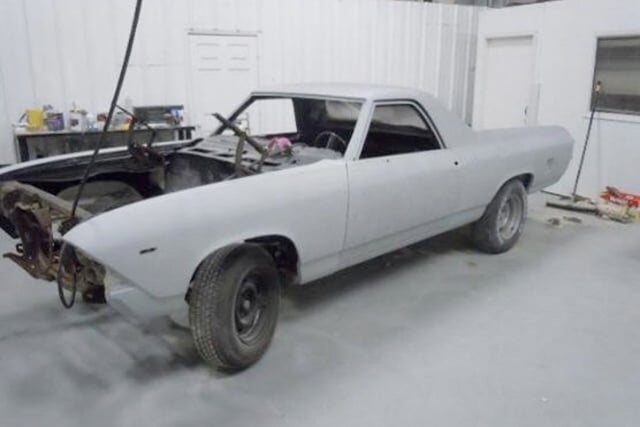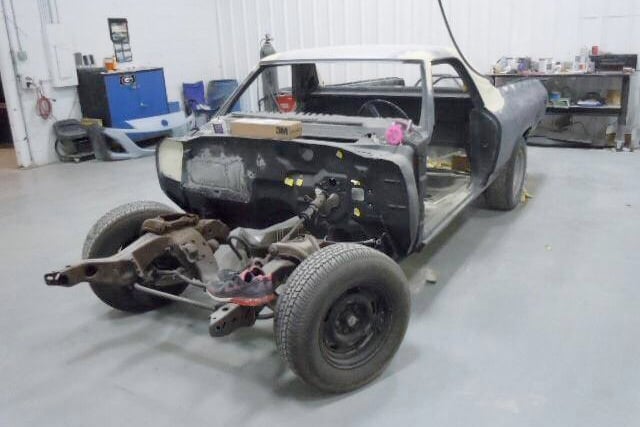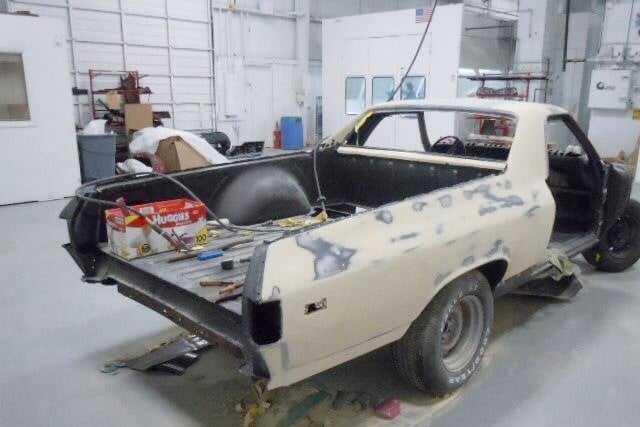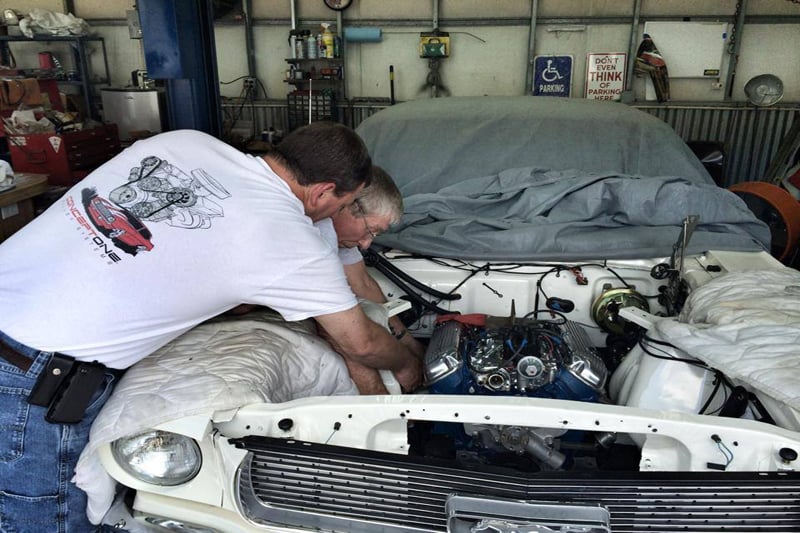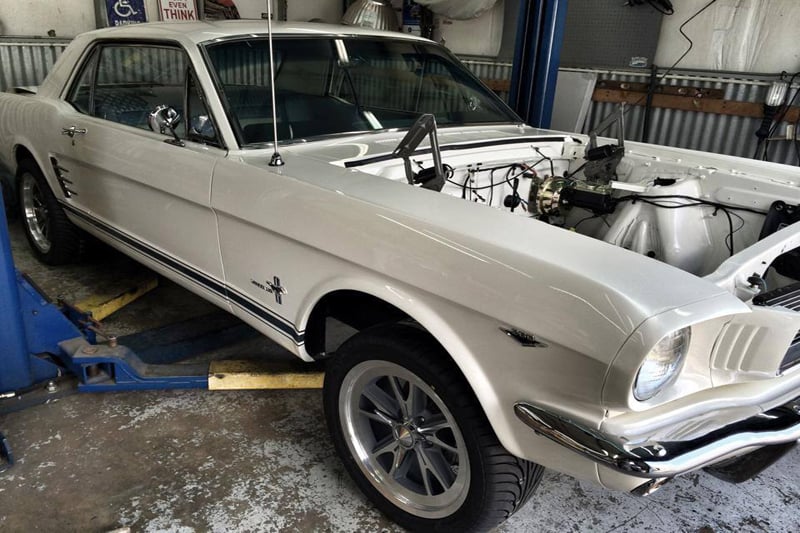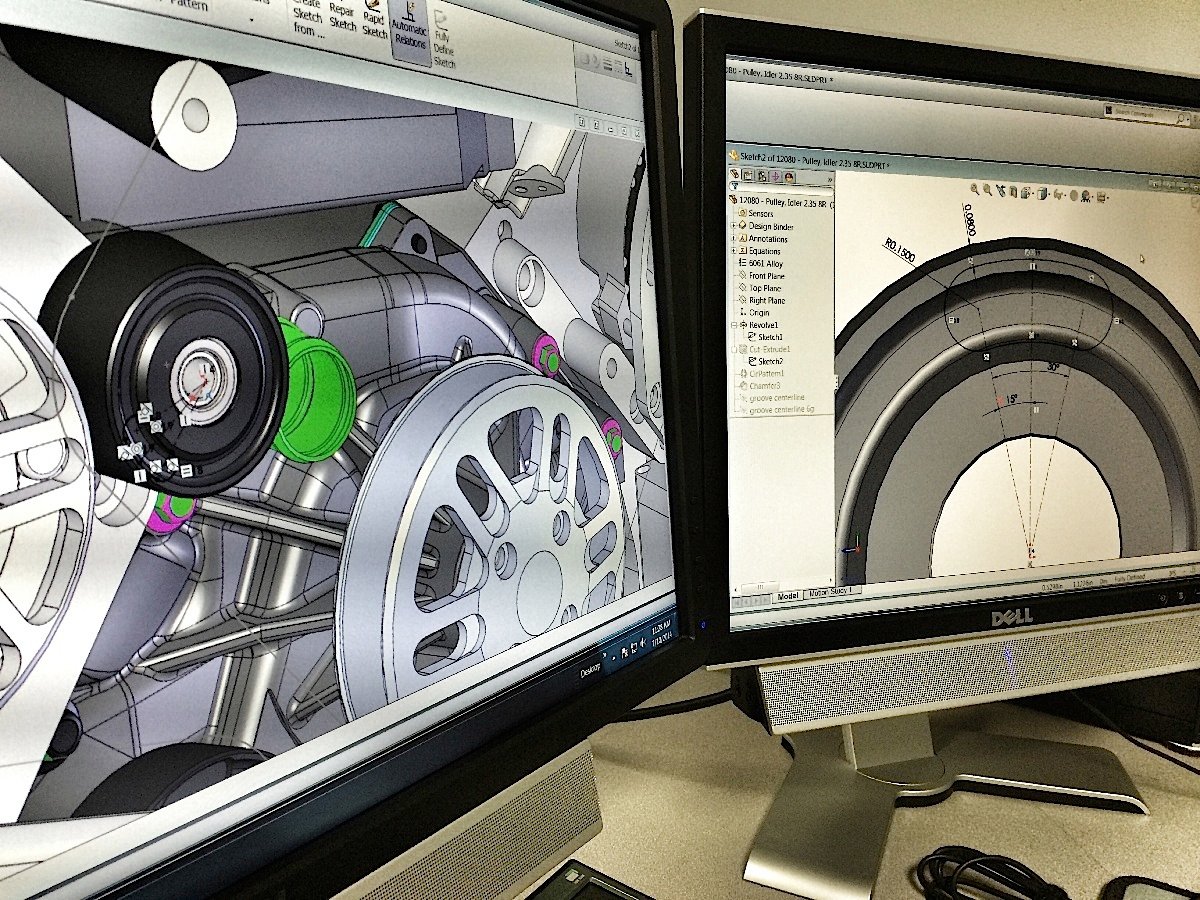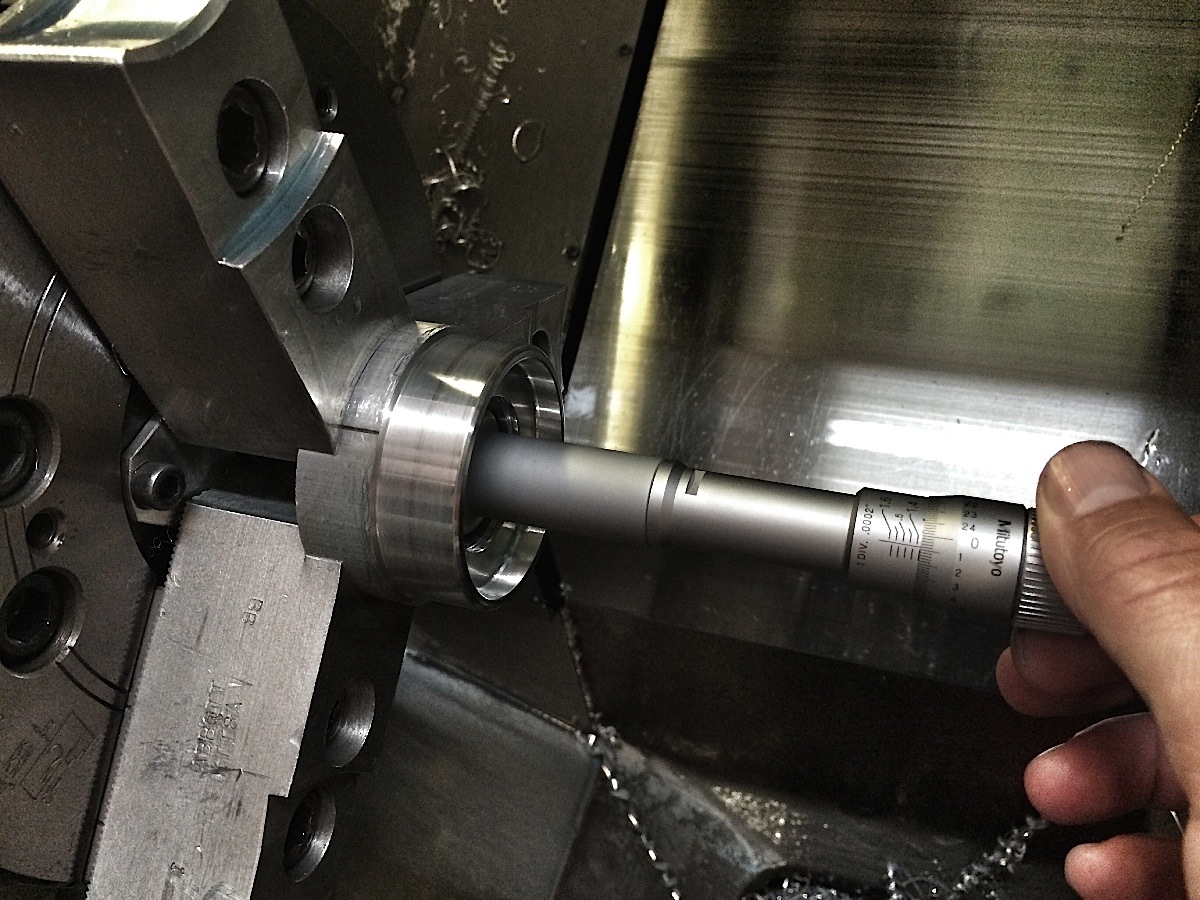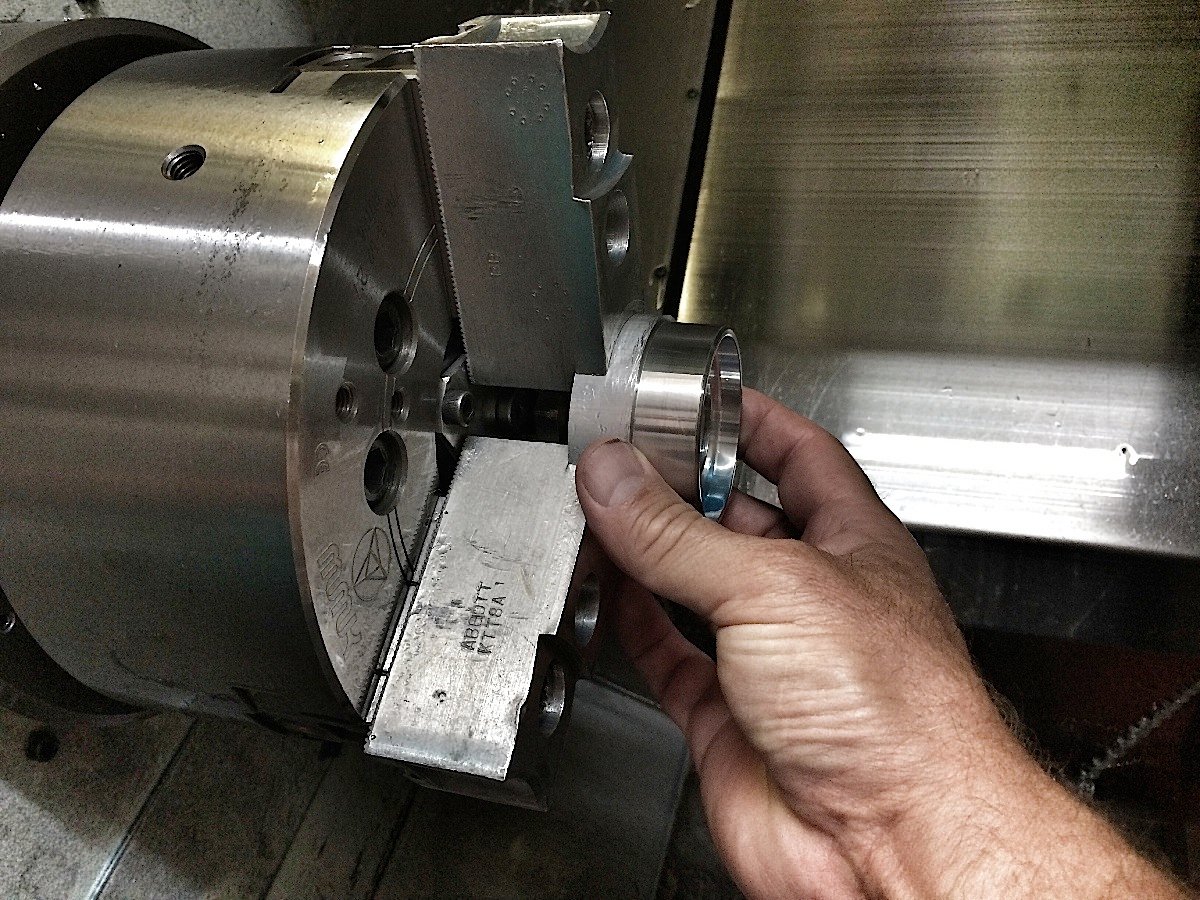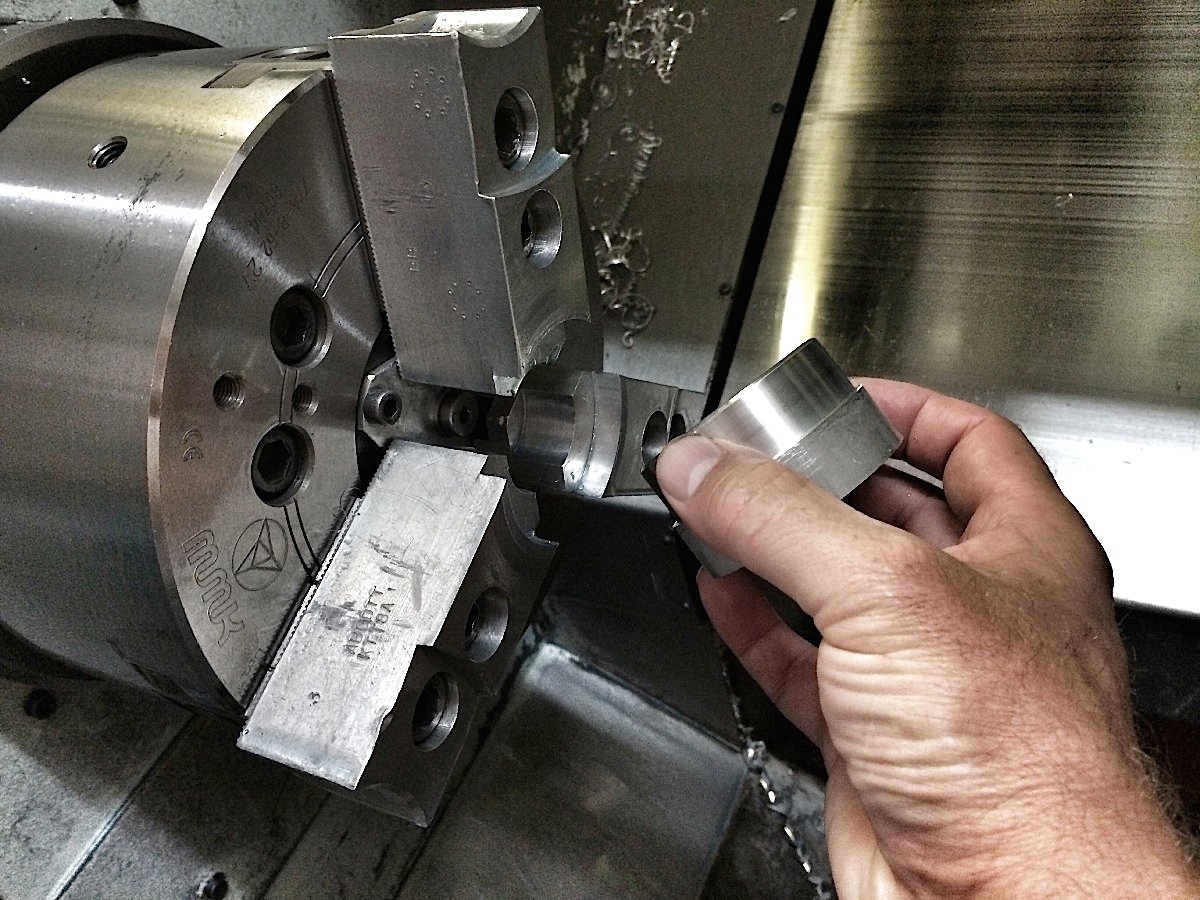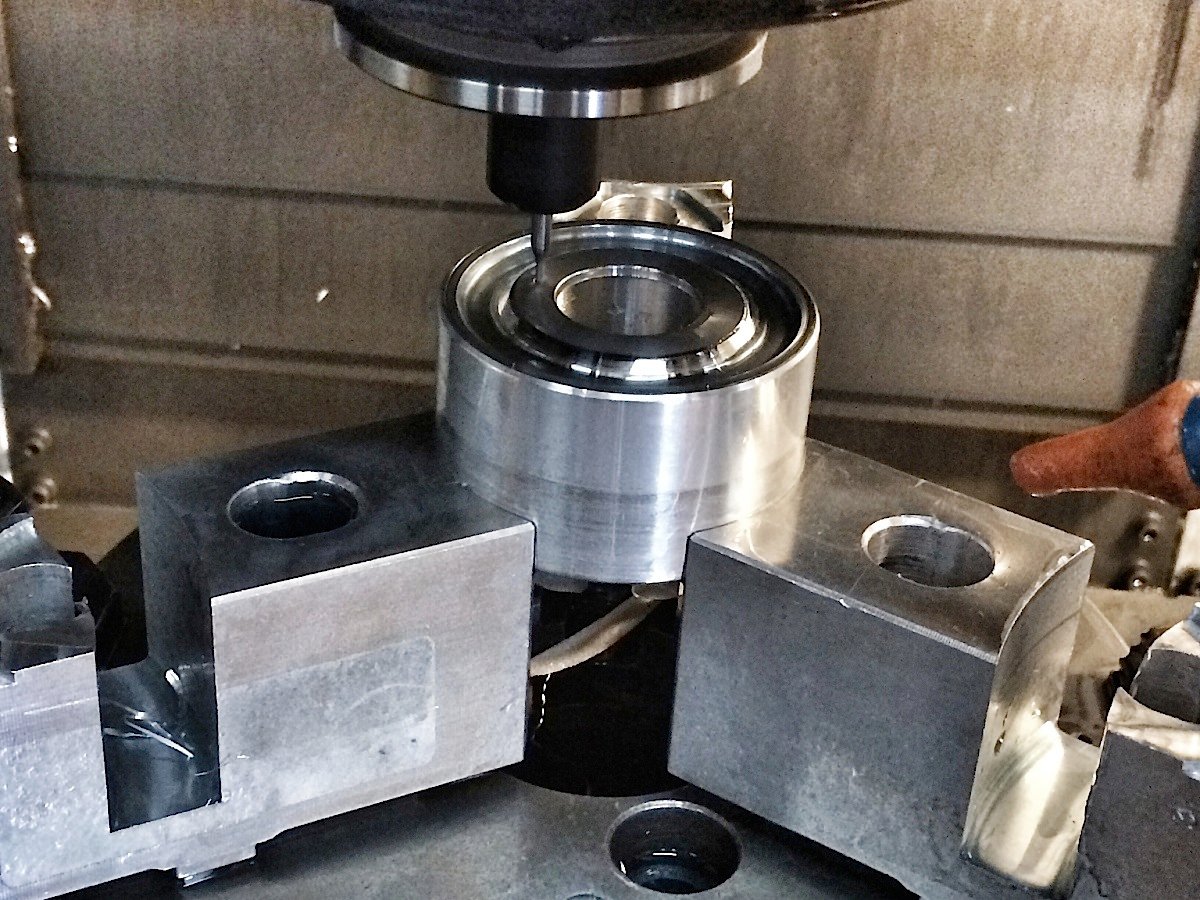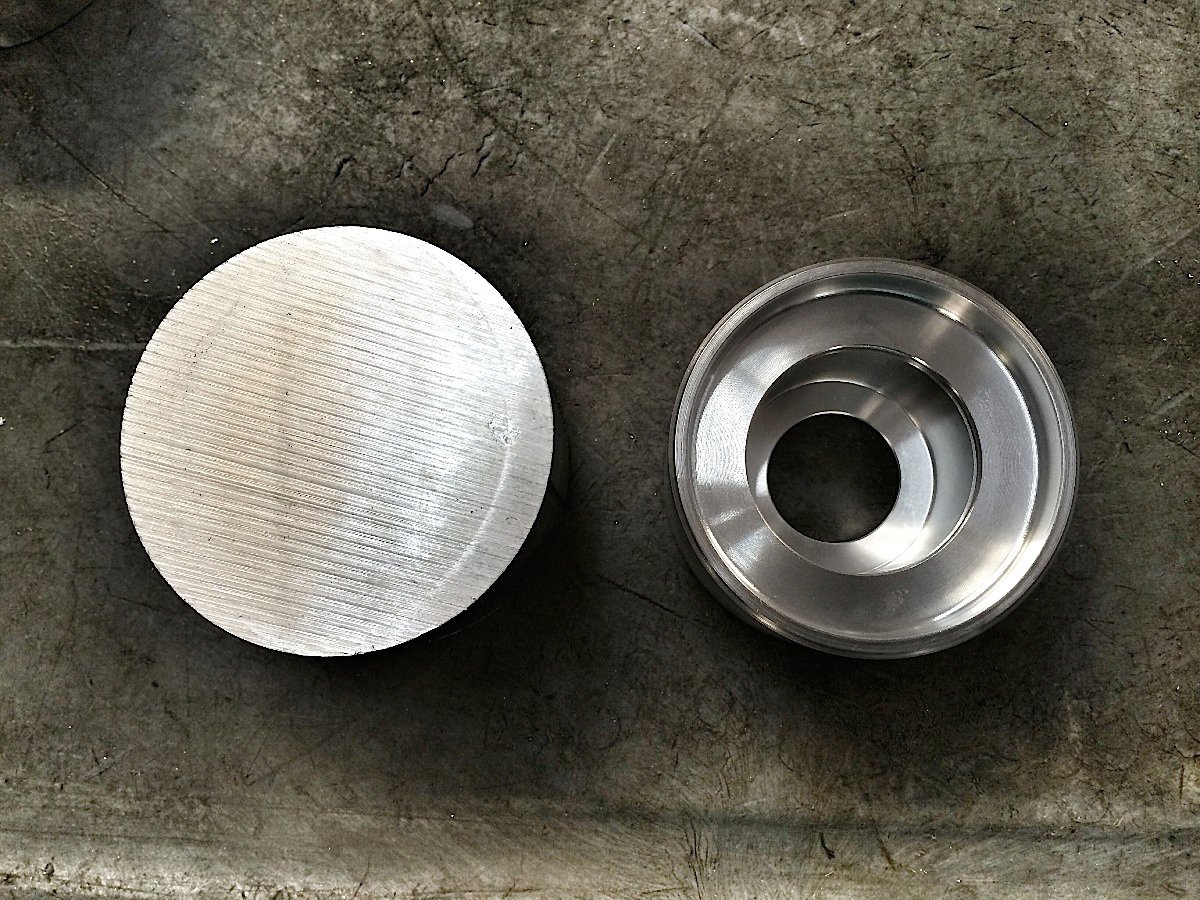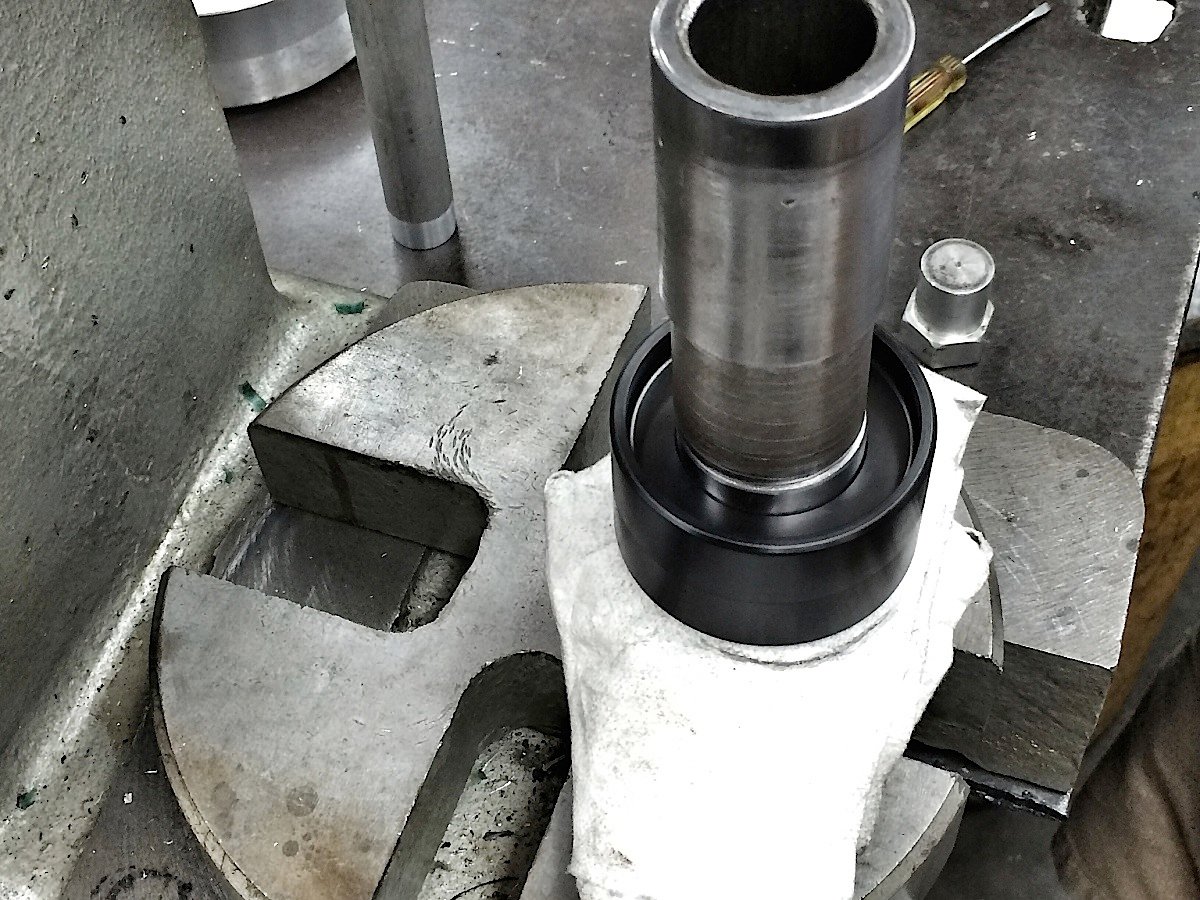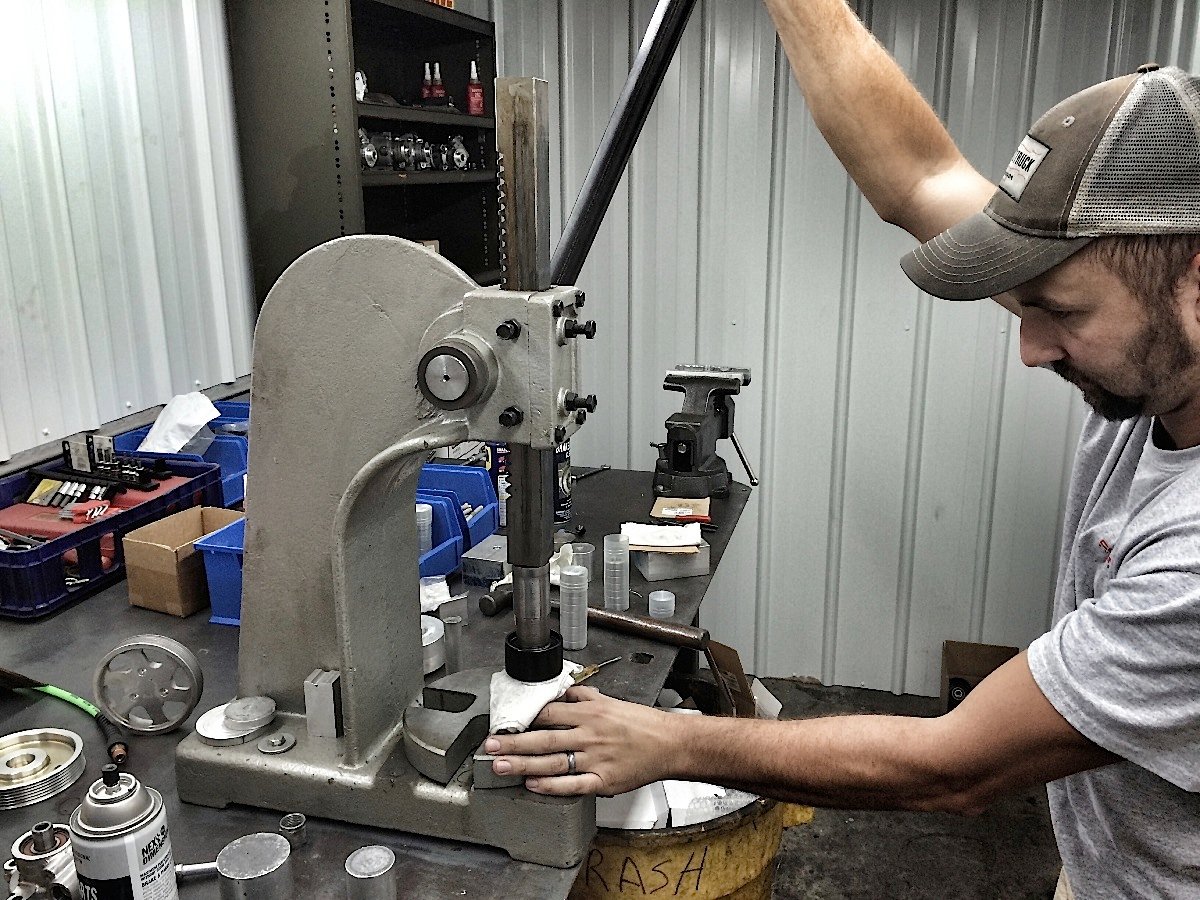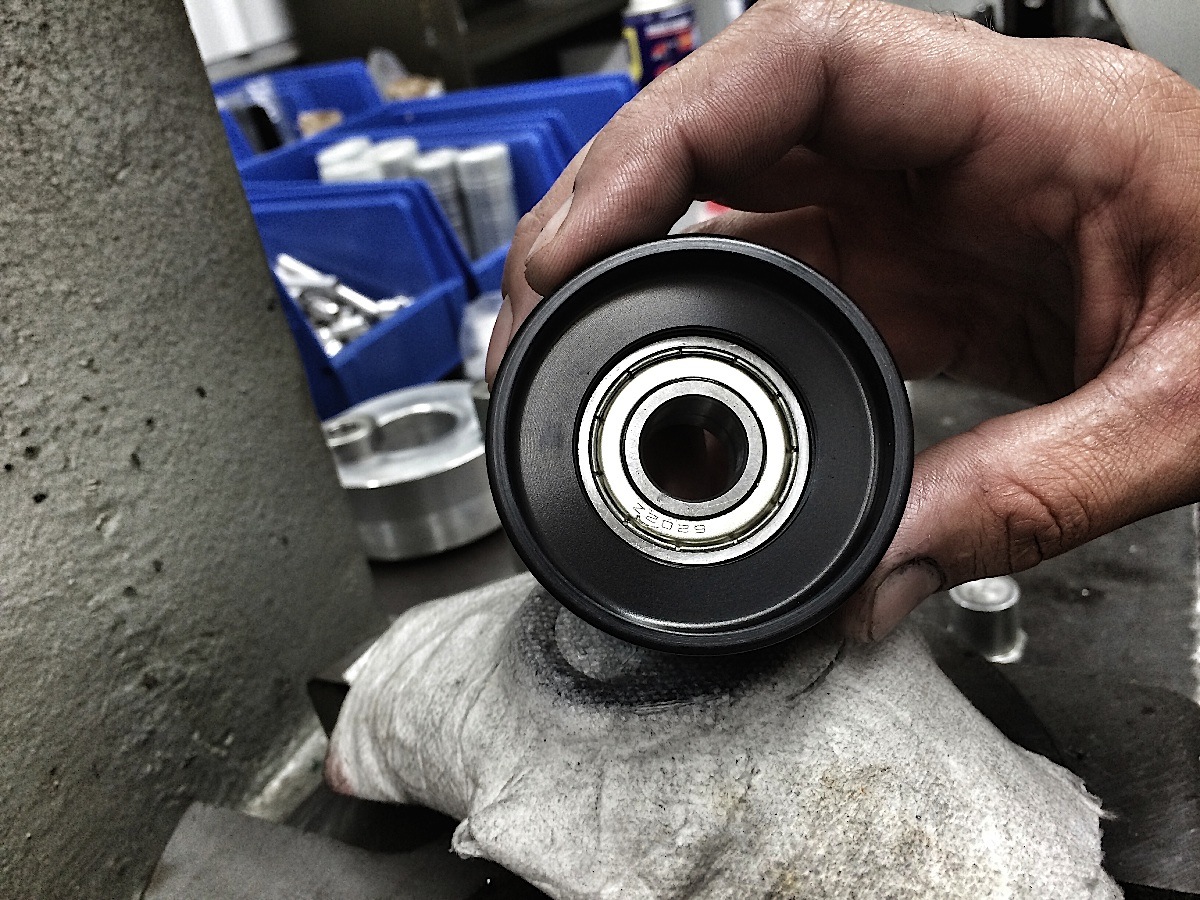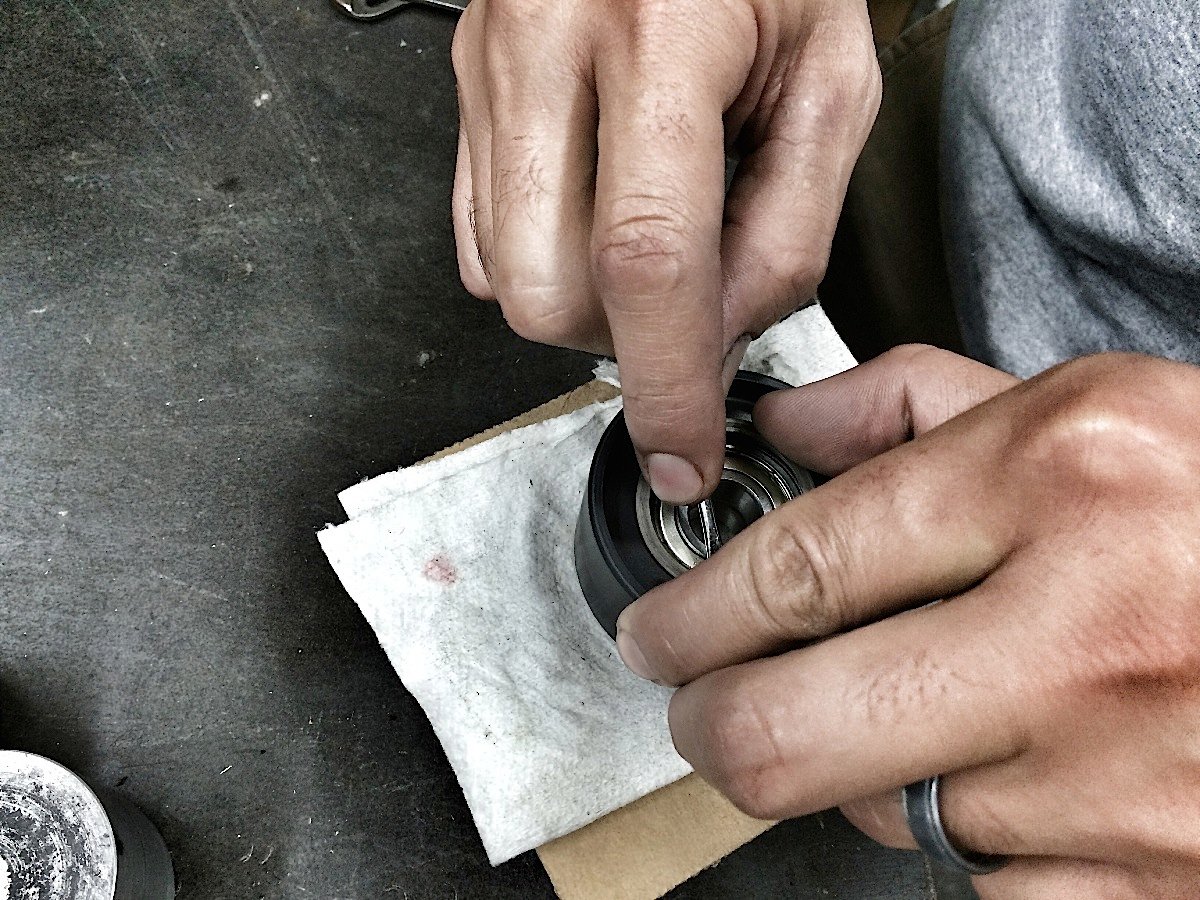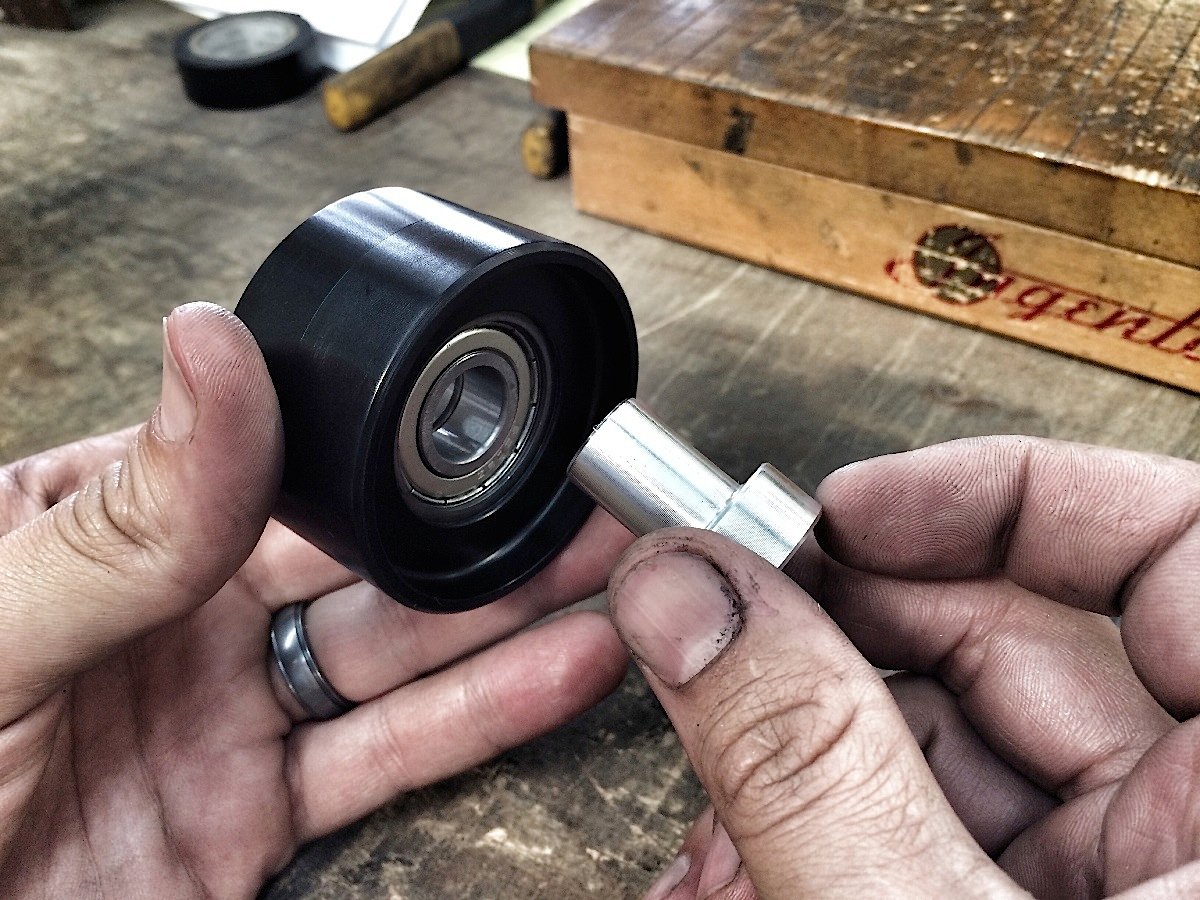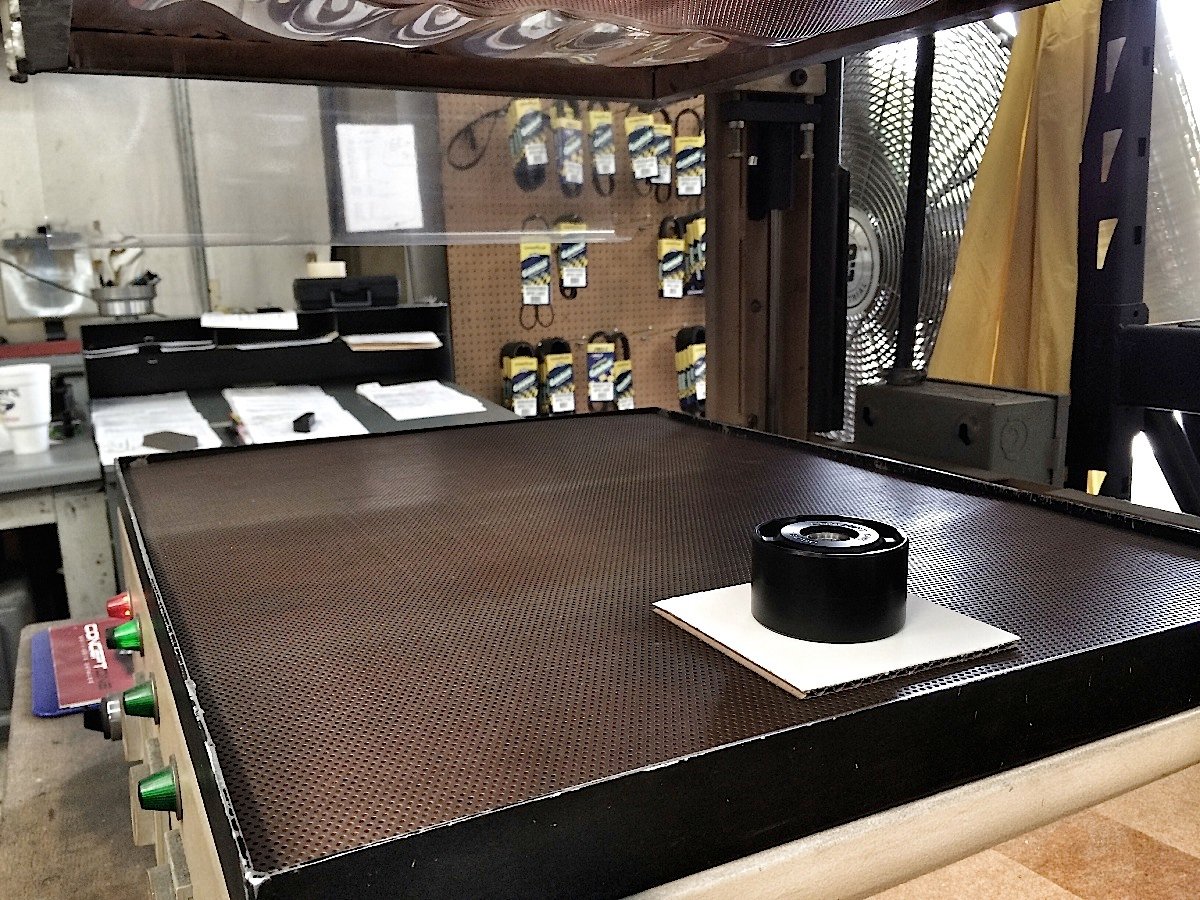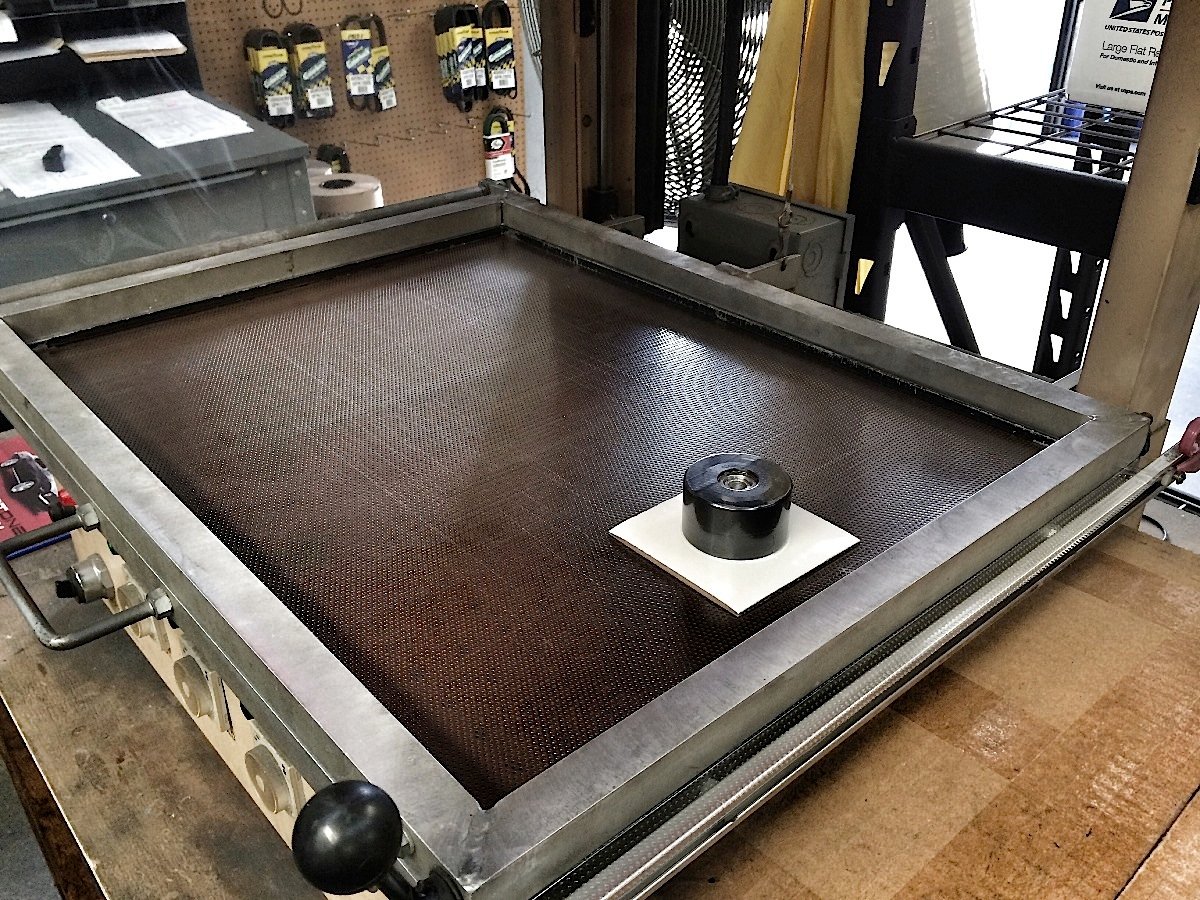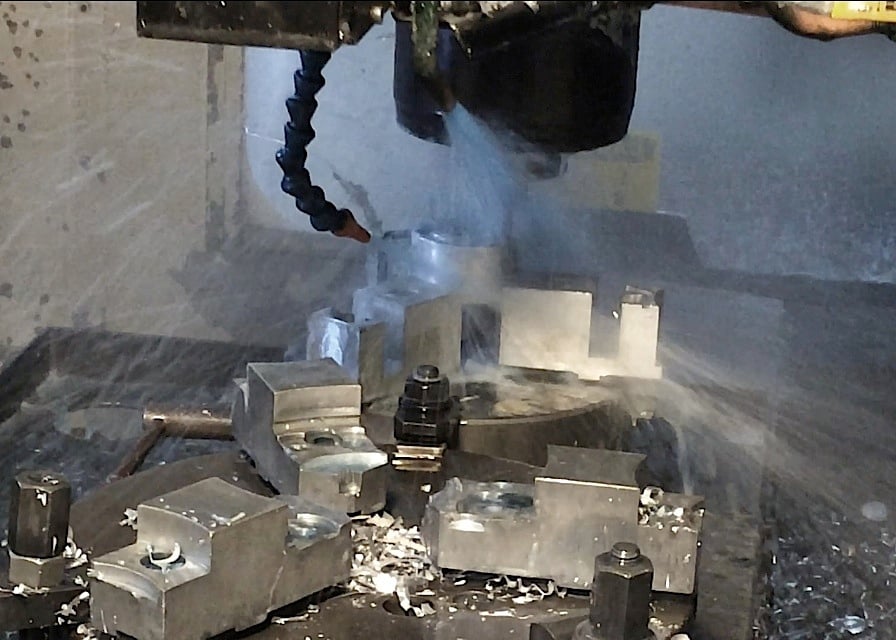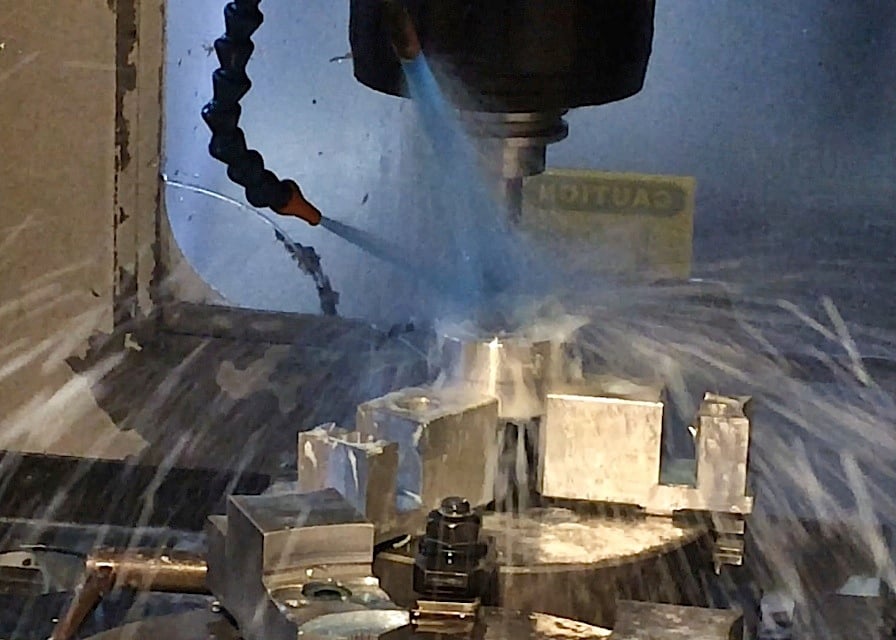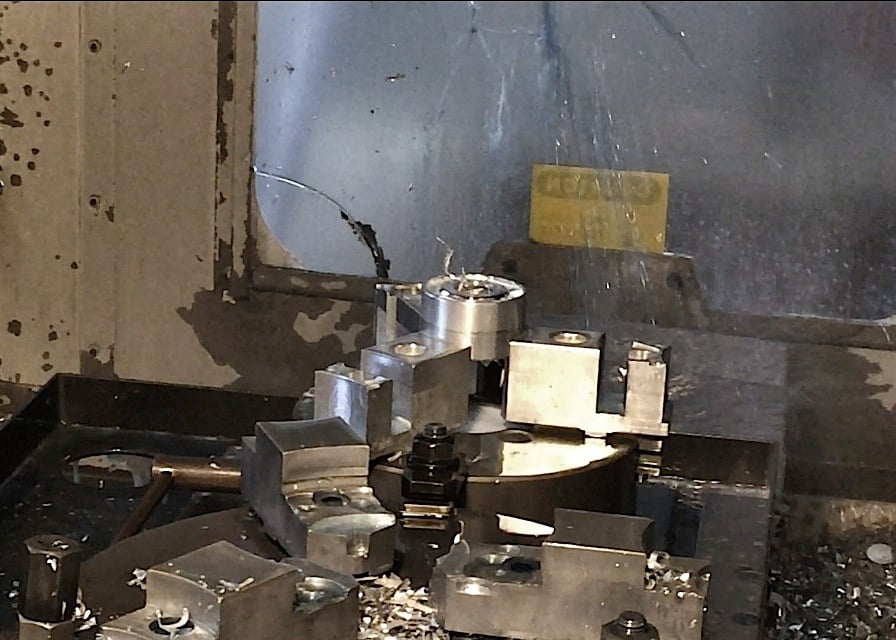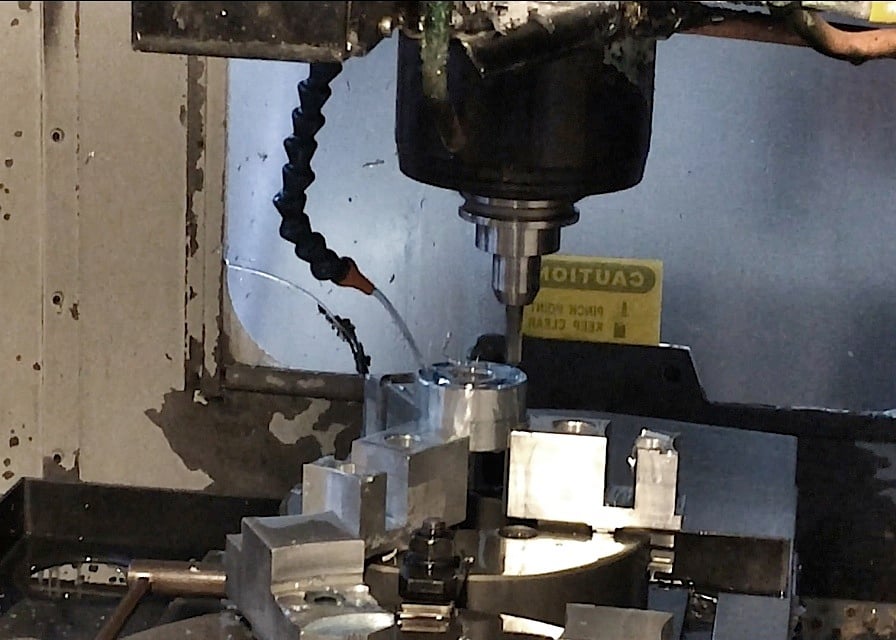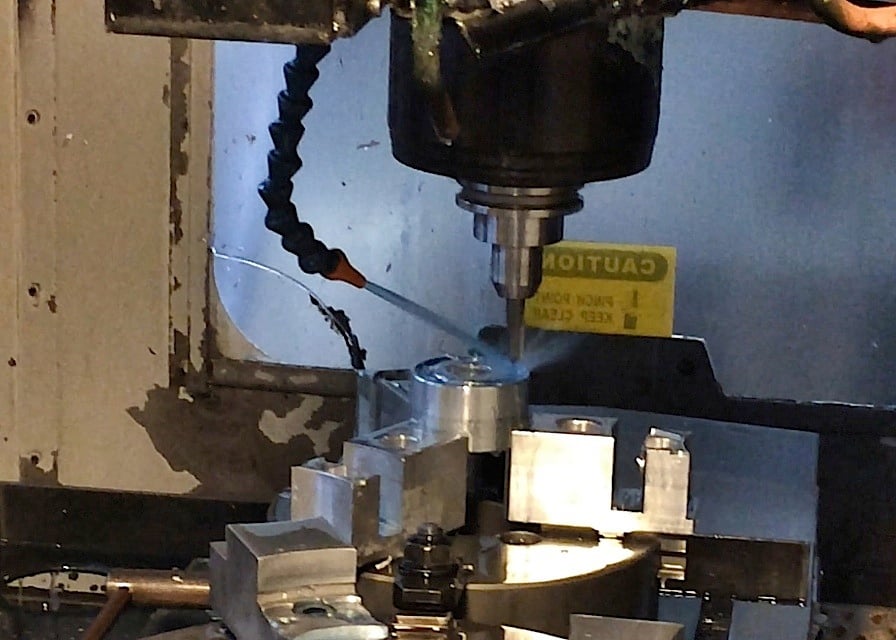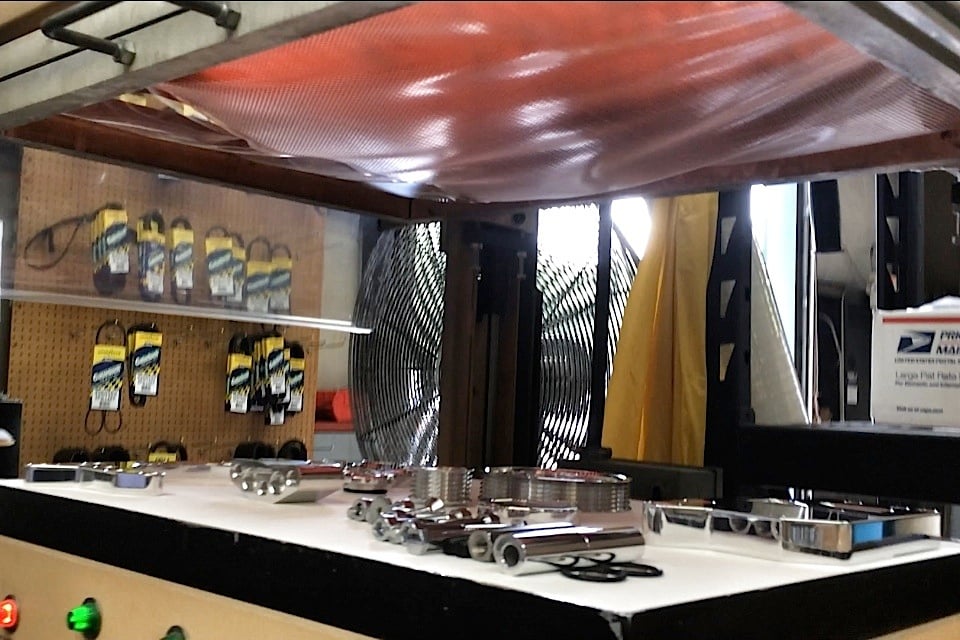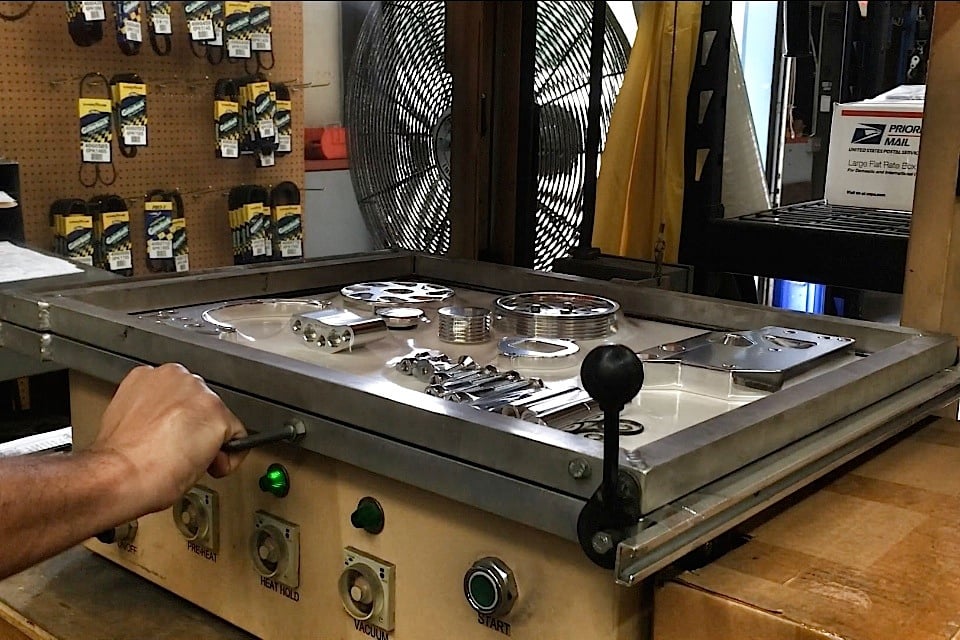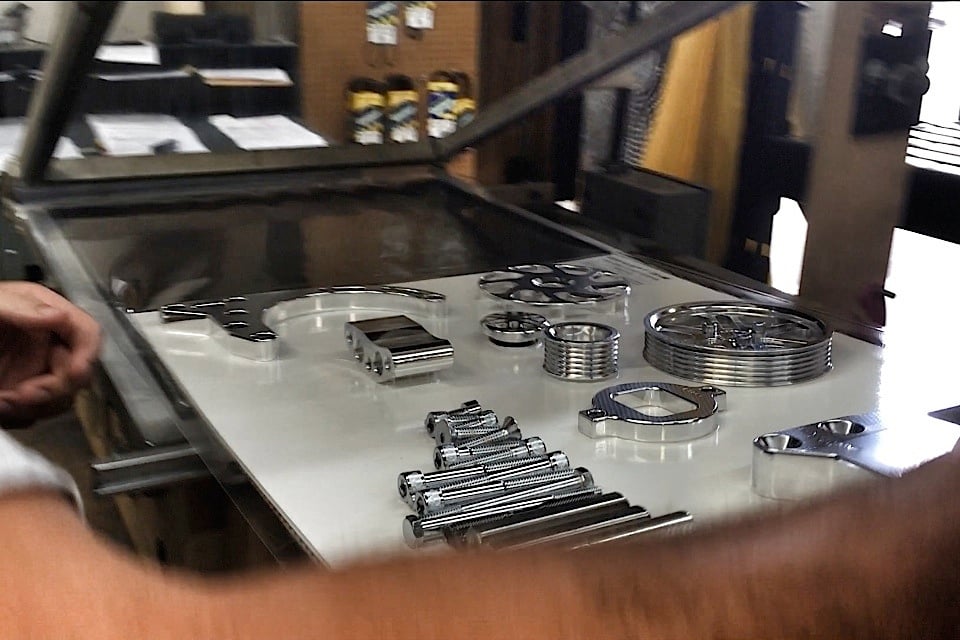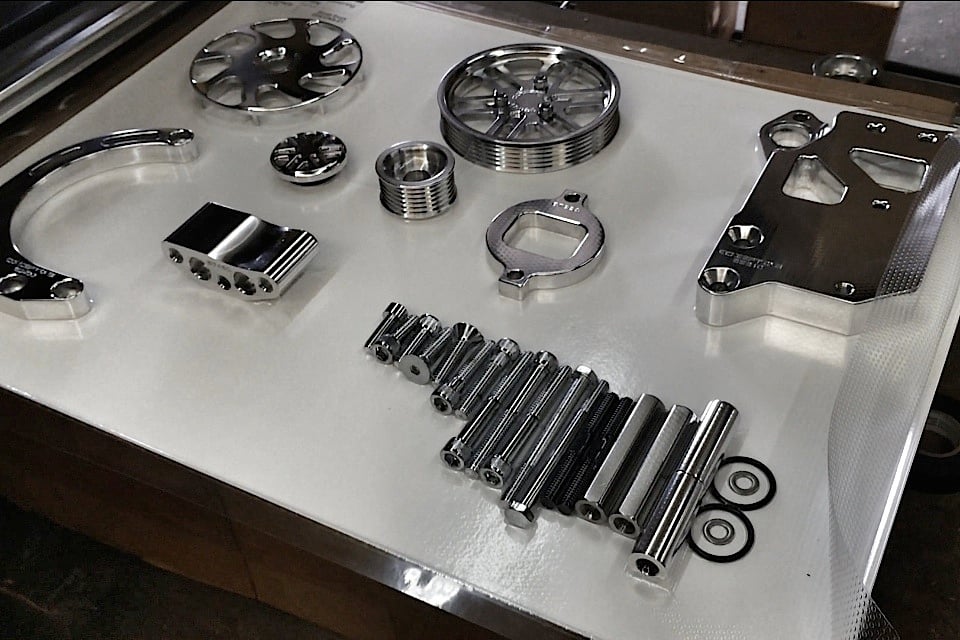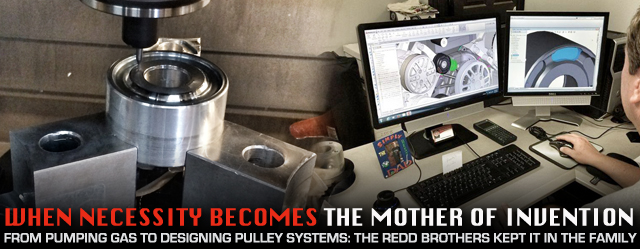 [1]How many times have you seen it yourself, where you get a part from a wrecking yard and bring it home, only to find out it won’t fit. It should fit by all logic and common sense, but it doesn’t.
[1]How many times have you seen it yourself, where you get a part from a wrecking yard and bring it home, only to find out it won’t fit. It should fit by all logic and common sense, but it doesn’t.
 [2]
[2]Although Darryl (right) is retired, he still comes into the shop to work on some of his own projects.
So you start doing some research and you find out that, for some reason, the part isn’t what you thought it was, and someone had done a swap – or worse – they modified the part and it ended up at the wrecking yard for you to pluck and take it home. It gets frustrating, and for some of us that means a trip back to the wrecking yard to find the right part – wasting even more time.
But if you’re the Redd brothers, Randy and Kevin, then instead of trying to find the right parts the best thing to do is to make them yourself, and that’s what the brothers Redd did when they formed Concept One [3].
Tired of trying to fit mismatched parts on their builds, they decided to form a company to manufacture the components they now sell on their web site: primarily front drive pulley kits for popular engines.
Growing Up Automotive
Growing up in a family that already had roots in the automotive industry, the Redd brothers followed along and began working at the Amoco service station owned by their parents, Jean and Darryl. They spent summers pumping gas – before they could even take the wheel themselves – and when the full-service station became a Goodyear tire store they were still there every day after school to learn the business, and to learn about cars.
When Kevin and Randy went off to college for technical and engineering degrees, the ‘rents opened a new shop – American Classics Restoration – where they specialized in restoring classic Corvettes. Their shop earned several awards, one of which was the highly coveted Duntov Mark of Excellence Award [5] for a 1955 Corvette that they restored.
The restoration shop is where the creativity all started. Kevin had developed and patented a wheel adapter for the knock-off wheels for a ’63-’66 Corvette. The adapter converted the knock-off wheels to a direct bolt-on, and to this day they still manufacture and sell that same adapter. This adapter was that baby-step that led to their success; Kevin and Randy had received their engineering degrees by 1995 and began to manufacture aftermarket parts that year.
The Redd brothers were simply a small-scale operation, but by the next year they started designing and manufacturing pulley systems for the performance and racing industries. Whether it was racing at a local track on Saturday nights, ARCA, or NASCAR Sprint Cup, Redd Machining and Manufacturing was born and the Redd brothers were in business.
 [6]
[6]The first pulley system was for a small-block Chevy. Things have changed since then, and Concept One has grown with the industry.
Still, both Kevin and Randy weren’t completely settled on the business model they had started. They still had the desire to produce and market their own line of products for the street market. They drew on their years of restoration work and remembered having to re-engineer all of the ill-fitting parts that they had bought, and how frustrating it was when parts didn’t fit properly.
Their frustration was the inspiration behind the Concept One Pulley System – the first complete pulley system. It was introduced in 2001, and according to Kevin, “The inspiration behind Concept One was that we had a new concept moving into building complete serpentine pulley systems. You could find plenty of aluminum pulleys and brackets, but not complete pulley systems. It was still kind of a piecemeal thing.”
With this first complete pulley system, the bar was raised and the Redd brothers brought their Concept One product to the aftermarket industry with a complete, bolt on system that did away with trying to match up those single pulleys and brackets that never seemed to fit the engine they were working on. The shop, located in Cumming, Georgia, was on its way to becoming a business.
The Concept One 1969 El Camino taking shape.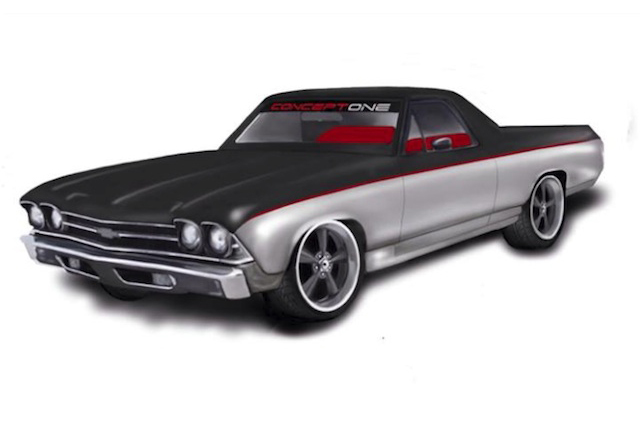 [7]
[7]
Working With Family
For many of us, we know that working with family is a tall order, and for many companies it just doesn’t work at all. We’ve seen episodes on television, heard about friends who worked with family members, and the stories can go on for years. The Redd brothers make it work, and even though they both have different sets of skills to bring to the business, Kevin says that they complement each other and they’ve worked well together since they had become adults.
Although Darryl is retired, he can still be found in the shop tinkering with his latest project car: a 1966 Mustang.
Kevin says that as kids, they didn’t always get along and for that reason their mother has been surprised that they work so well together. But for the Redd brothers, it all started in the family, so it just made sense to keep it in the family. They got the initial idea from working with their father in a restoration/restomod business. They had always had a hard time finding pulleys or brackets for the cars they were building, and if they hadn’t been working for their father it might not have come to them.
Although there aren’t any other Redd family members in their eight-employee shop, Darryl is still there every day working on one of his old cars or doing something constructive. He’s currently working on restoring a 1966 Mustang, and often the three of them – Kevin, Randy, and Darryl – can be found working together on the pony car.
So, in a way, the Redd family has been working together since Kevin and Randy were teens, and they continue to work as a family today. Kevin admits, “Randy and I were total opposites, our mother finds it amazing that we actually work so well together.” But he also admits that those differences are probably the biggest reason why they work so well together; Randy is an engineer, where Kevin is a machinist.
Still, both Kevin and Randy have the ultimate responsibility of making decisions at Concept One. When it comes to new products, they’ll take input from car shows, their Facebook page, and something even more technical that Kevin calls “gut feeling.” He says, “We sometimes think in Old School ways and make the decision whether we can make it work or not. We look at what’s popular, and what we think we can make a place for and talk about it.”
Randy at work designing a pulley system for the LS supercharger pulley kit in SolidWorks 3D design software.
Creating New Products
Of course, there are times then they’ll kind of throw that suggestion out there and see what kind of reaction people have to some of these new parts. One of the most difficult things about having new products is that the market sometimes needs to see it on other vehicles before they buy into it.
 [19]
[19]Before the CNC lathe is put to work, the pulleys are cut from billet stock. These blanks will become the highly detailed drive pulleys in the Concept One Pulley System.
There is no real scientific approach that the Redd brothers use when they make the decision to create a new product. They’ll have their discussions, and then typically Randy will get to work on the product creation, by drawing it up and playing around with the design to see what works.
Kevin says he’s more of a big picture kind of person, whereas Randy is more of a detail oriented person, and that makes for a good balance. Randy will generate the programs for their CNC machines and lathes, and that extra attention to detail is why Kevin thinks his job as the machinist works for him.
In the shop, they have manual machines for some of the smaller-run products, but two CNC lathes and three milling machines take care of the bigger projects. As you might imagine, each pulley and bracket begins with a block of billet aluminum and then Randy’s design puts the machines to work to create the product. They’ll get in a 12-foot stick that is cut down for pulley blanks. As you can imagine, there’s a lot of waste from cutting out the pulleys and brackets.
The blanks are put into the lathe, and then measured. Then the program is changed and the opposite side of the pulley is machined.
They have a total of seven employees working one shift, but that shift can be as few as eight hours or as many as ten or more, depending on how well things are going. Currently in the shop, they’re keeping pretty busy with the new pulley kit for supercharged LS applications, and have some other ideas on the table that they’re discussing. We did talk with Kevin about some of their new ideas and there was a word that came up: Mopar.
Top: The part is removed from the lathe after it's been machined. [26]
[26]
Bottom: The pulley is ready for the milling machine, here are both front and back sides.
Currently their front drive systems cover many GM and Ford applications, and they have been thinking about adding Mopar to the mix, though it’s not certain whether they’ll start with the small-block, big-block, or possibly even the Hemi.
For Ford and Chevy owners, however, there are plenty of choices, from the standard kit to the Victory Series, all of which will make the engine look very high tech. Concept One offers three finishes for their pulley systems: machined, clear anodized, and black anodized hard coat. Kevin says that the hard coat is the most durable and will withstand just about anything your engine can put it through, including heat and fluids.
The clear anodized is not as durable as the hard coat, and the machined finish looks great, but will require some regular maintenance. Of the three finishes, the hard coat and clear anodized require just a simple soap and water clean up, while the machined finish will require a hand polish when the surfaces get dull or discolored.
A black hard anodized pulley is having the bearing pressed in.
The various kits can include just the basic pulleys and brackets, or you can order a kit with a billet power steering pump, all pulleys and brackets, and a high-power alternator in chrome or black finish. The pulley systems utilize a Powermaster [38] alternator in 100, 105, or 140 amp configurations.
A modern Sanden air conditioning compressor is included for those who have A/C in their classic car; all components are new. The power steering pumps/reservoirs are also machined from billet aluminum, and are set for the proper pressures needed, but they can be adjusted.
We are old school and prefer to keep things simple. -Kevin Redd
We asked if they ever plan to do any other designs, but their current designs are working well for them. One thing that Kevin mentioned about offering different designs holds very true, he said, “When you offer more than one design choice it makes it difficult to determine which one will sell. We are old school and prefer to keep things simple.” They have a complete FAQ section for those who are curious about how the pulley systems mount, and which kits will work with which engines.
The milling machine finishing off some more pulleys.
One question that does get asked quite often is whether these kits will increase horsepower. The simple answer is ‘no’, because the pulleys are not designed to underdrive or overdrive any components. Redd said that once they start changing pulley sizes, it affects the operation and lifespan of components, like the alternator and power steering pump.
Front drive systems aren’t designed for power; they began as a way to provide a complete pulley system for a small-block Chevrolet, and developed into kits for other engines as well. They are fully functioning, but are more cosmetic than they are for performance.
In the video below, from the Concept One YouTube channel, you can see a power steering fluid reservoir being drilled and tapped. Although the shop is smaller and has only a few employees, they turn out lots of pulley systems, and upcoming designs are sure to keep Kevin and Randy busy.
The kits look great on any engine, but they also eliminate one other problem that we often find with used pulley systems: these pulleys are straight, and perfectly round. The finish is going to dress up the drive system to go with the rest of the underhood components to make the entire engine a showpiece.
Concept One is planning to increase their product line very soon and are always available for suggestions, requests, and feedback from their loyal and potential customers. So if you happen to see the Redd brothers at a car show or event, stop in and say hello, and see what they’ve got cooking. Check out the Concept One web site [3] for more information on kits and availability.
Here a completed kit is being packaged up and getting ready to ship out to a customer.

